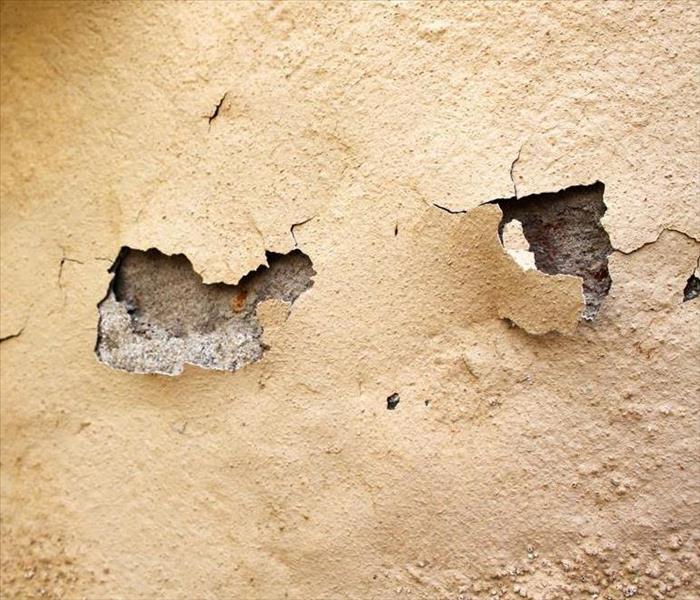Best Practices for Dealing With a Basement Flood
4/22/2022 (Permalink)
One of the most disappointing scenarios you can face as a homeowner is when you have a basement flood. This can happen due to a plumbing problem inside your home or because of an inundation of water from a rising stream or lake outside the property. Either way, it spells trouble.
The situation is often too difficult to handle on your own, so you need an experienced SERVPRO franchise in your area. Fortunately, your location in Colorado Springs, CO, is likely to have a service that is Faster to Any Size Disaster and that knows the best practices to remove floodwater in a basement.
The Need for a Quick Response
Any flooded area in your home demands a rapid response, so you need to contact a company that is available at all hours of the day and night. A company that can't get to your home for a couple of days will not work, as the damage from floodwaters grows worse over time. In just a day or two, the conditions for mold growth can develop and materials in your home can become saturated quickly.
The Necessity for Water Removal From a Basement Flood
The first order of business is to get the water out as soon as possible. A company with the right tools will use industrial pumps and vacuums to pump out the water. If this task is handled efficiently it can reduce water damage and limit the overall expenses and losses to the homeowner. It also has several other advantages:
- Makes the scene safer
- Saves on damage to electrical components
- Enables the salvaging of personal items
- Prevents the development of mold in the home
The Importance of Drying the Basement
Even once all the water is pumped out, the basement remains wet, so the area must be dried out with fans, dehumidifiers, air circulation, ventilation and other methods. Workers might also use advanced techniques to measure the moisture content of the room or to look behind walls.
Wet materials should be removed from the basement to dry out or to be tossed away if they are beyond restoring. If the water from the flood was contaminated in any way, most items will need to be thrown out. At this time, you should look into your insurance coverage to see what your policy will cover.
The Critical Nature of Cleaning and Sanitizing
Dirty water can leave a harmful residue over just about anything. This requires sophisticated cleaning techniques and powerful cleaning products. For best results, the basement should be cleaned according to industry guidelines.
The final stage of the process involves an inspection that looks for hidden damages. Perhaps the drywall has been impacted or the carpeting is ruined. A full-service restoration company can take care of these matters for you. Technicians for the cleanup company can also look into why you had standing water in the basement and recommend remedies so it won't happen again. Sometimes this is as simple as cleaning drains and gutters to allow for the best flow of water in and around your home.
A basement flood is a stressful event. Working with professionals can result in a fast and effective cleanup.



 24/7 Emergency Service
24/7 Emergency Service
